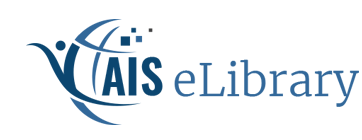Journal of Information Systems Education
Abstract
When detailed logic flowcharting fell out of favor as a commercial design tool starting in the mid-1970s, it was discarded by many IS educators. In doing so, however, we may have thrown the baby out with the bathwater. Many of the disadvantages of flowcharting as a commercial tool - such as the immense size of flowcharts of large programs - are not necessarily serious drawbacks in introductory programming classes. Several researchers have also found benefits from the use of flowcharts as a teaching tool. The challenge is to develop approaches whereby learning to program - not learning to flowchart - is emphasized. FlowC, a Windows-based flowcharting application, is an example of a tool that can be used to minimize the challenges of teaching flowcharting while retaining its benefits in the formative stages of learning to program. In addition to guiding the user through the creation of diagrams, FlowC also allows the user to view the code (or pseudocode) implied by each construct drawn in the flowchart. The user may also generate complete applications that may then be compiled and run in MS Visual Studio .NET. FlowC has been used for three semesters to teach introductory programming (in C) to undergraduate MIS majors. The students have found the program easy to use and have reported that flowcharting has been an important component of their overall learning in the course. In addition, analysis of survey data gathered from students suggests that learning flowcharting early in the course has benefited their learning in subsequent programming assignments.
Recommended Citation
Gill, T. Grandon
(2004)
"Teaching Flowcharting with FlowC,"
Journal of Information Systems Education: Vol. 15
:
Iss.
1
, 65-78.
Available at:
https://aisel.aisnet.org/jise/vol15/iss1/8
When commenting on articles, please be friendly, welcoming, respectful and abide by the AIS eLibrary Discussion Thread Code of Conduct posted here.

